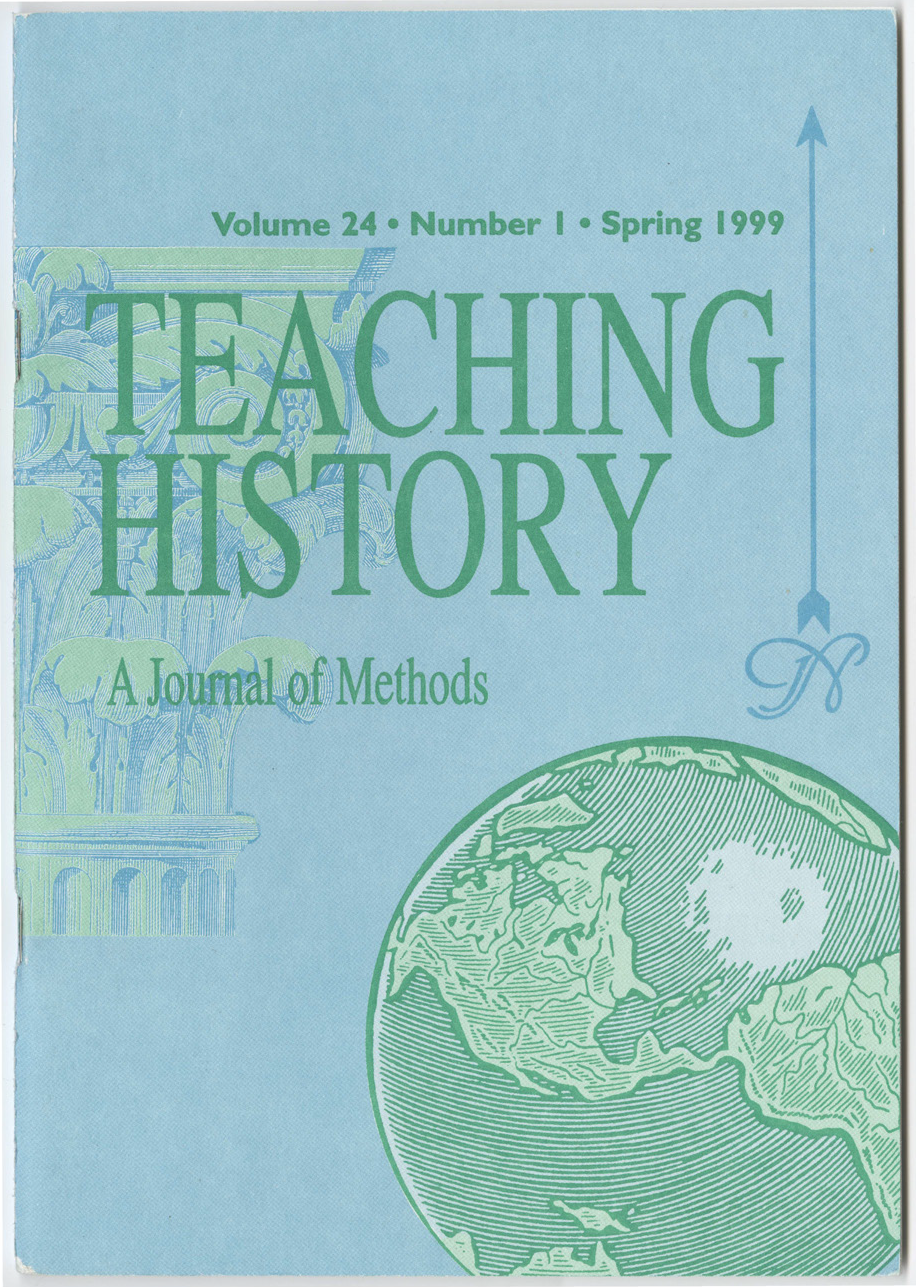Cherny, American Politics In The Gilded Age, 1868-1900
DOI:
https://doi.org/10.33043/TH.24.1.53-54Abstract
Robert Cherny, a member of the Department of History at San Francisco State University, has written a comprehensive overview of American politics from the immediate post-Civil War period to the Progressive Era. In a lively prose style, he reviews major political happenings and suggests ways to interpret this spirited period.
Cherny contends that American voters principally responded to issues of ethnicity, religion, and race. At times a strong sense of class identity influenced behavior at the polls. Generally, Republicans represented a more homogeneous coalition of voters, who embraced Protestantism, promoted moral values, and endorsed a positive expectation that government could accomplish a limited number of social and economic goals. Democrats, on the other hand, showed greater religious heterogeneity, represented by Roman Catholics in the North and old-stock Protestants in the South, but they shared common opposition to the strong use of government. As Cherny suggests, Democrats were part of the "personal liberty party," carrying on the tradition of the Jeffersonian-Jacksonians. Moreover, there existed considerable popular interest in politics, resulting at times in fierce competition between the two major parties. Any effort to enact a national party agenda was doomed, given the need to win approval from two houses of Congress and the White House. After all, it was unusual for either Democrats or Republicans to dominate this all-powerful political trinity. And Cherny cogently argues that political assumptions, strategies, and events of the Gilded Age helped to establish the essential foundation for twentieth-century politics.
Downloads
Downloads
Published
How to Cite
Issue
Section
License
Copyright (c) 1999 H. Roger Grant

This work is licensed under a Creative Commons Attribution-NonCommercial-NoDerivatives 4.0 International License.
By submitting to Teaching History, the author(s) agree to the terms of the Author Agreement. All authors retain copyrights associated with their article or review contributions. Beginning in 2019, all authors agree to make such contributions available under a Creative Commons Attribution-NonCommercial-NoDerivatives 4.0 International license upon publication.



